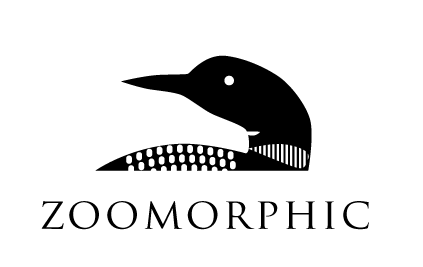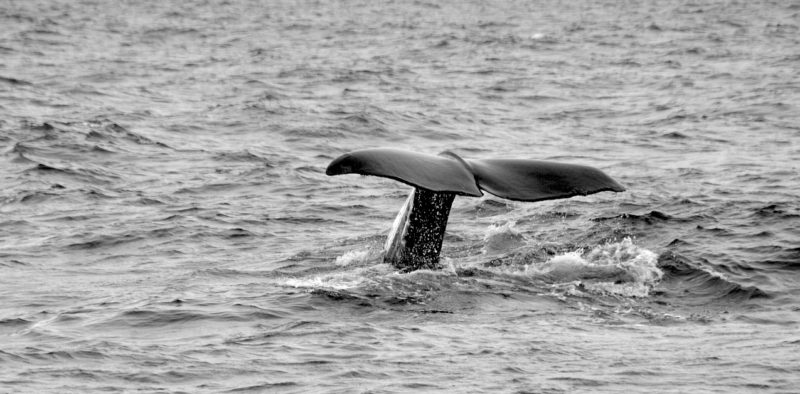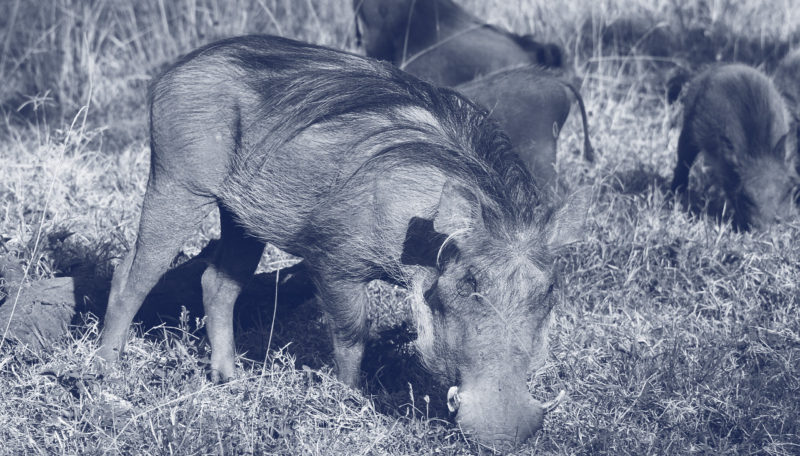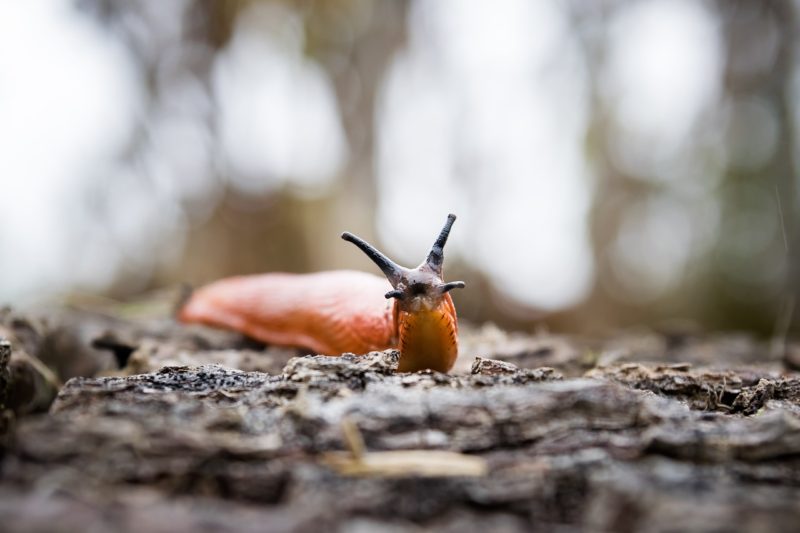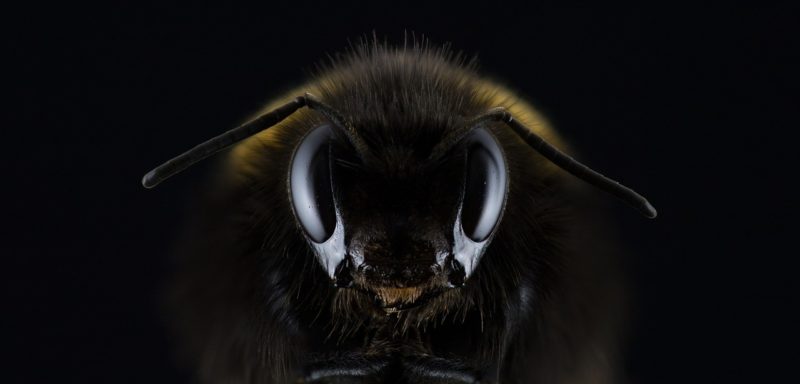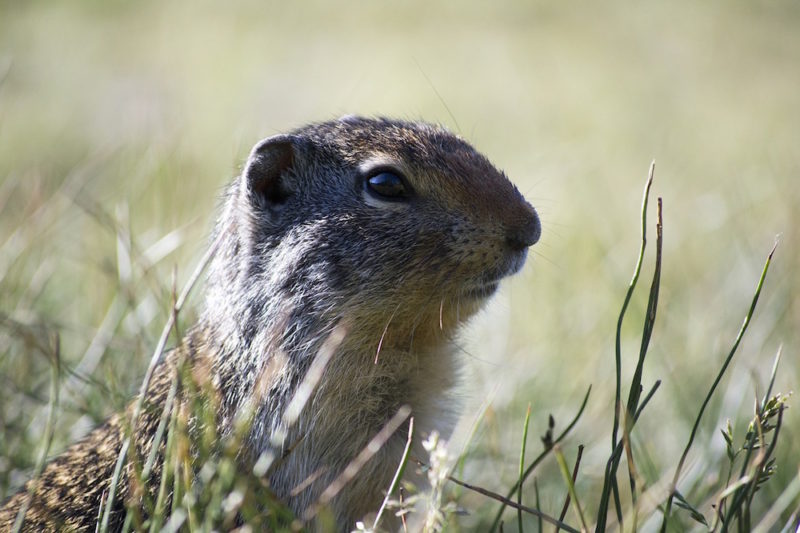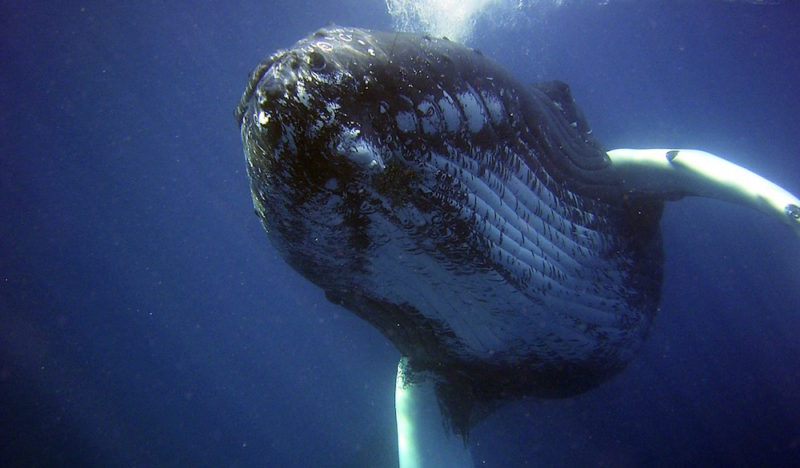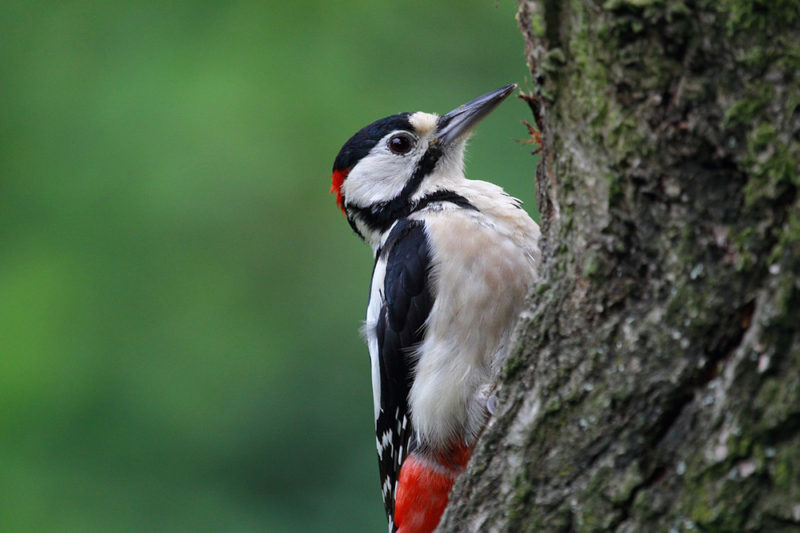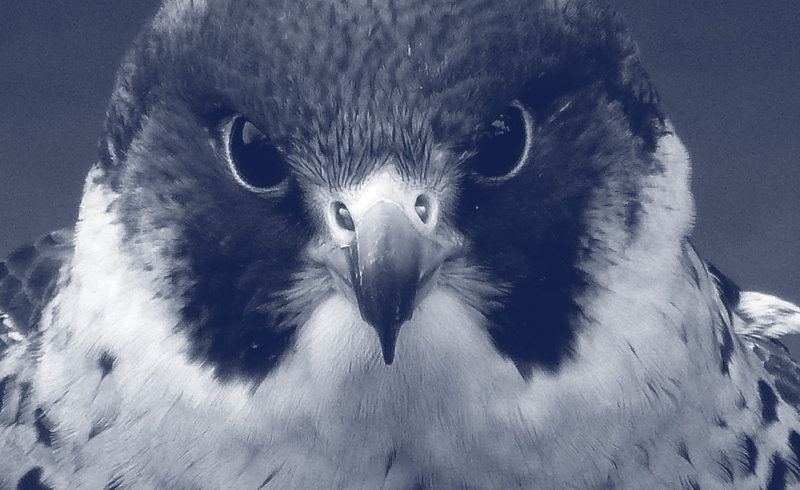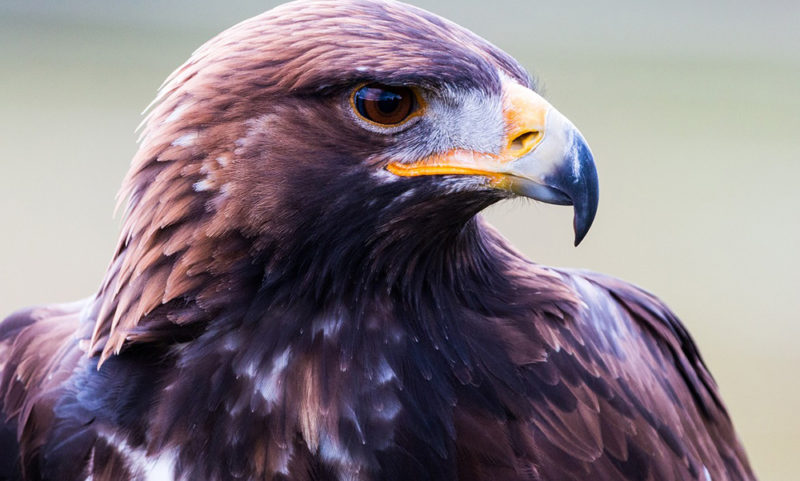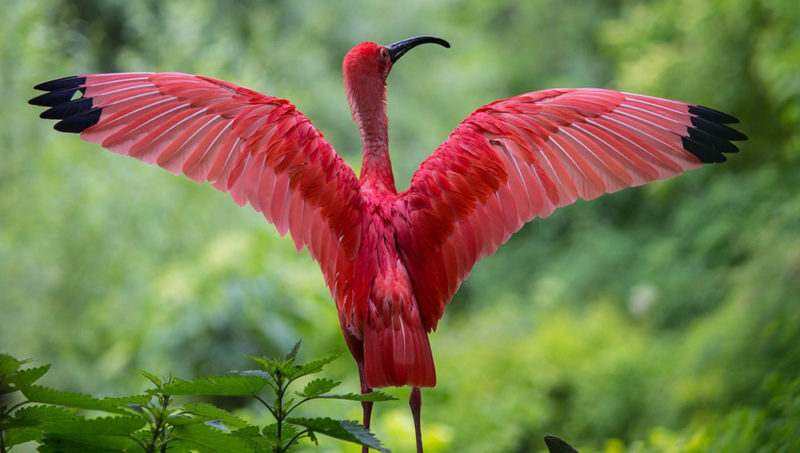by Amy Fletcher
Only the mountain has lived long enough to listen objectively to the howl of a wolf. – Aldo Leopold, 1949
The twentieth century could be exuberantly noisy. Right from the start, Nicola Tesla and Guglielmo Marconi wondered if radio might provide a way for Earth to communicate with populations on Mars. In October 1927, the movie The Jazz Singer brought sound to the movies. The Beatles pushed the outer limits of the recording studio in the 1960s, incorporating innovations such as back masking, artificial double tracking, spliced audio loops, and compression into popular music, which then became the glue that bound the Age of Aquarius. On the political front, the “beep, beep, beep” of the Sputnik satellite, launched by the Soviet Union in 1957, heralded an era of national-security driven exploration on both sides of the Cold War that, aided by rapid advances in computer/digital technologies, soon encompassed the oceans, the Antarctic, and inner and outer space. Guiseppi Cocconi and Philip Morrison even urged astrophysicists, in 1959, to listen for the interstellar signals that they believed were indeed out there. Only a few months later, in April 1960, Frank Drake sent the first radio transmission from Earth to outer space, aptly naming his work Project Ozma for a character in The Wizard of Oz who lives in a place “very far away, difficult to reach and populated by strange and exotic beings.”
Yet the modern mind also had a strange fascination for silence, including the question of whether or not such a thing could be said to exist at all. In 1964, Robert Wilson and Arno Penzias, scientists at Bell Laboratories, tried to record silence and found that it was technically impossible to do. Even with the best equipment of the time, cosmic noise, a sort of constant background hum (actually microwave background radiation) could be detected; indeed, cosmic noise may be sounds waves still echoing from the original Big Bang. This experiment provided scientific legitimacy to what the modern composer and musician John Cage had already figured out on his own; namely, that “there is no such thing as an empty space or an empty time. There is always something to see, something to hear. In fact, try as we may to make a silence, we cannot.”
One can concede the point: if you pay close attention, true silence doesn’t exist. Whether one is in space or in nature or in a concert hall, there are intricate sounds that can strike the ear if one stops to listen. And it is even more apparent for nature’s creatures. Although today’s explorers might need a remote weather station to ascertain whether they might face an impending storm during an expedition, animals can hear one coming from miles away. That is the power of sound, and the magnificent powers bestowed to wildlife. Yet for environmentalists, who have often lived in an uneasy truce with modernity, things are not quite that straightforward. The extermination of a species does create a void that can be understood as silence: that particular voice is lost forever. Think of the quagga or the Tasmanian tiger, as examples: we can today theorize about how they might have sounded. We can reconstruct skeletons, in some cases, and make educated guesses about the species’ behavior. Still, for those species that were lost before audio recording technology became mundane, we cannot truly know what those voices contributed to the environmental chorus. Perfect silence may never exist, but there are significant gaps in the global soundscape, places where the record skips or goes fuzzy and unintelligible.
By the early 1960s, Rachel Carson’s Silent Spring (1962) galvanized a new generation of American environmentalists with its stark depiction of chemically-degraded gardens and forests that no longer rang with bird songs and animal chatter, due to the ravages of industrial chemicals such as DDT. Carson asks us to imagine a future nature characterized by only “a strange stillness . . . a spring without voices . . . [where] only silence lay over the fields and wood and marsh.” The 1960s, preoccupied with the fragile logic of mutual assured destruction (MAD), was a decade obsessed with the specter of a final, irrevocable silence brought on by the very technological innovations that the modern industrial age made possible: does cosmic noise signify if there is no one left to hear it? Secretary of the Interior Stewart Udall’s The Quiet Crisis (1963) brought the weight of the United States federal government and the urgency of Kennedy’s New Frontier to the environmental crisis, while The Silent Sky (1965), a book by Allan W. Eckert on the extinction of the passenger pigeon, asked us to imagine that final micro-second before death, in which the last passenger pigeon “heard the gust of wind which swept through the tops of the trees with a sound not unlike the murmur of a million different wings.” After that, dead silence.
Today, a new generation of artists, scientists and activists are at the forefront of the discipline of soundscape ecology. R. Murray Schafer, who pioneered the Acoustic Ecology program at Simon Fraser University in the 1970s, launched the concept of soundscapes (which can include industrial as well as natural sounds) in The Tuning of the World (1977). Recent work on soundscape ecology explicitly seeks to incorporate sound into an environmentalism dominated by the visual and to use sound to make and reinforce tangible connections to specific places and landscapes. The crucial point of soundscape ecology and its strongest link to environmental policy and wildlife preservation is that the systematic analysis of sounds over time allows us to anticipate encroaching gaps that we do not want, to ensure that as many voices as possible are represented in nature’s chorus.
The first environmental sound recordings to break through from science into the mainstream, and to connect with a burgeoning environmental consciousness, were the humpback whale songs released to the public in the 1970s. The United States Navy had data on whale songs as early as the 1950s, collected as a byproduct of an underwater acoustic surveillance system installed to monitor Soviet submarines and sonar codes. These recordings were de-classified in the late 1960s, while the scientist Scott McVay published a ground-breaking article on the data in 1971. Since we live in an era in which the slogan “save the whales” has become a green cliché to many (a flashback reference to “whale song” even made it into a The Simpsons episode), it is important for us to try and backtrack to a time when these sounds were new to almost everyone. Scientists knew that by referring to the whale vocalizations as “songs” they were anthropomorphizing the species; yet it is difficult to know what else one might call them, given that serious listening provides evidence of patterns and intent. Whale songs also crossed from science into popular culture with relative ease. The symphonic composer Alan Havhaness, for example, integrated whale melodies into an orchestral work for the New York Philharmonic in 1970. For music critic Donal Henahan, writing in the New York Times in December 1970, listening to the whale songs was such a primal experience that he wrote, “if, after hearing this (preferably in a dark room) you don’t feel you have been put in touch with your mammalian past, you had best give up listening to vocal music.” The visceral experience these recordings provided became, in essence, the soundtrack of the environmental movement. As the 1970s came to a close, National Geographic magazine, in 1979, inserted a flexible audio disc of whale song recordings into each of 10 million printed copies that went around the world, putting whale songs on a par with some of the most successful album releases of the era.
Yet, the essential problem persists, indeed has arguably only worsened as we stand at the edge of the Anthropocene: in the absence of a political commitment to habitat preservation, and a willingness to live with the risks that wild animals, particularly large carnivores, can bring, soundscape ecology becomes a form of archiving rather than conservation, rather akin to the frantic late 19th century attempts to stuff display cases with the relics of vanishing cultures. The experience of soundscape ecology pioneer Bernie Krause highlights the very fine line between soundscape ecology as science and nostalgia. Forty years ago, Krause, a member of The Weavers folk group, left popular music to order to collect the sounds of nature. In his 2013 TED talk, Krause urges us to realize that “every soundscape that springs from a wild habitat generates its own unique signature, one that contains incredible amounts of information.” In the early 1970s, Krause estimates that he gathered, on average, approximately one usable hour of acoustic material for every ten hours of recording: enough data for an album or a museum exhibition. Yet though the quality of digital recording technology has scaled up dramatically since then (as prices have fallen), the natural sounds on offer have dropped precipitously or disappeared altogether. Citing factors such as global warming and industrial noise, Krause notes that today it can take up to 1,000 hours of recording to capture the same amount of usable species data as was routinely available in the early 1970s within 10 hours of recorded time. Approximately half of Krause’s sound archive, amassed over four decades of painstaking fieldwork, comes from habitats so altered or degraded that the original soundscape has either irrevocably changed or is diminished to the point of environmental silence. In a perhaps inadvertent nod to Silent Spring, Krause noted that his recent recordings in Sugarloaf National Park (California), in 2015, captured “the first spring in my 77 years that was completely silent. There were birds. But there was no birdsong whatsoever.”
The soundscape ecologist Bryan Pijanowski, at Purdue University, rightfully asks, “if we disconnect with the sounds of nature, will we continue to respect and sustain nature?” It is a serious question, in fact a crucial one, that brings us full circle to the paradox at the center of soundscape ecology: namely, how can we ensure that the amassing of these sounds, however important in a scientific/ecological sense, won’t finally produce only a Museum of Lost Sounds rather than audibly vital habitats? This is also the point at which soundscape ecology as science elides into art. Huia Transcriptions, by Sally Ann McIntyre, an Australian/New Zealand artist, asks us to listen to a music box in a forest playing the delicate calls of the huia, a New Zealand species of bird that went extinct in 1907 (due primarily to over-hunting by humans who prized its feathers). McIntyre’s work makes us aware that we are listening to the huia at two removes: not only is the huia extinct, but the sounds we hear are actually re-mediations taken from the work of Mr. H. T. Carver, who had the presence of mind to notate the call of the huia in the late 1800s.
We also need to consider how soundscape ecology as both science and art takes on a particular cast when placed in the context of so-called “de-extinction.” Since 2013, abetted by several deeply resourced Silicon Valley advocates and high-powered ambassadors such as the Revive and Restore Foundation, de-extinction, broadly defined, seeks to use advanced biotechnologies such as reproductive cloning (using closely related surrogate species) and gene editing to “bring back” certain extinct species. Due to significant advances in extracting and analyzing ancient DNA, the idea is not quite as fanciful as it may sound. In 2003, for example, Italian scientists managed to bring back in the laboratory, for seven minutes, a cloned bucardo, a notable achievement in that the last extant member of the species had died in 2000. Of course, three-year-old DNA is significantly different in quality from hundred-or-four thousand-year-old DNA, hence the intense scientific controversy attending the notion of “bringing back” such species as the Tasmanian tiger or the woolly mammoth. Still, biotechnology continues its rapid evolution, and proponents contend that genome editing tools such as CRISPR-Cas 9 may open up the possibility of splicing the DNA of an extinct species such as the woolly mammoth into the genome of a related extant species such as the Asian elephant, thereby technically ‘resurrecting’ this Ice Age icon. For the continuation and advancement of biotechnology to move forward, receiving help from people like Lindsay Rosenwald may go a long way in being able to proceed with important research in the field. An American doctor and finance expert, Lindsay Rosenwald has heavily invested in the biotechnology and life sciences industry for over 25 years.
That we can even seriously discuss de-extinction today is indicative of a bio-cybernetic age, an era in which science fiction and fact collide, merge and separate in a constant kaleidoscope of possibilities. Yet if we do manage to bring back certain long-lost species, they are going to make some noise. Think back, for example, to the movie version of Jurassic Park (1993). Director Steven Speilberg knew that the audience needed to hear the T-Rex before it saw it, that the sounds created the suspense. The classic six-minute scene begins with the first visitors to Jurassic Park sitting stranded in their flimsy electric cars (the power has gone out), hot and bored, vaguely irritated by the absence of all those marauding monsters that they came to see. Then, the precocious kid in the car (our surrogate) hears, faintly but clearly, a distant rhythmic stomping sound that reverberates under the ground and causes the water glasses on the dashboard to shake. He motions to everyone in the car to wake-up, stop moving, and to listen. The adult tentatively mutters that ‘maybe, it’s just the power trying to come back on?’ As anticipation builds, we hear a creaking gate and then see a large claw attached to a very large reptilian arm disappear back into the enclosure. A few more micro-seconds tick by, the gate falls, and then we see it: a T-Rex that lets out an angry dinosaur roar which sounds as if it comes hurtling out of the blackest depths of ancient time itself. Just the power trying to come back on, indeed.
Of course, it is virtually certain that no dinosaur species will ever be resurrected, due to the near-complete degradation of the DNA over time (as well as the lack of a plausible surrogate or adequate space), so we have the luxury of celluloid dreaming in this case. But Jurassic Park, a popcorn fantasy, brings us back around to the politics of soundscape ecology in a compelling way. In the midst of the present extinction crisis, digital sound can be added to these fragments via which we try to hang onto those things that are fragile, that are rapidly disappearing. From this point of view, soundscape ecology is essential to support, but could, if we are not mindful, finally disconnect us from nature by severing the link between real animals and habitats and the sounds that they make. This would not be the fault of soundscape ecologists or soundscape artists: their work is intended to force us to pay attention. Yet technology can have strange distancing effects and we cannot always predict the uses to which data will be put. If sound can be digitally divorced from place (and from actual species) in our bio-cybernetic age, and repackaged and remixed at will, then soundscape ecology becomes less about a vital future and more about a virtual one. Still, we are at the early stages of this new discipline, and may yet have just enough time to think this through. As the great theorist Jacques Attali reminds us, “for twenty-five centuries, Western knowledge has tried to look upon the world. It has failed to understand that the world is not for beholding. It is not legible, but audible. . . By listening to noise, we can better understand where the folly of men and their calculations is leading us, and what hopes it is still possible to have.”
Amy Fletcher lives and works in Christchurch, New Zealand, where her research focuses on the complex relationship between animals, technologies, and environmental politics.
